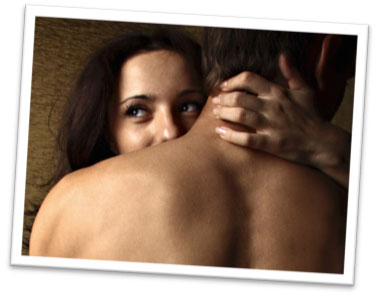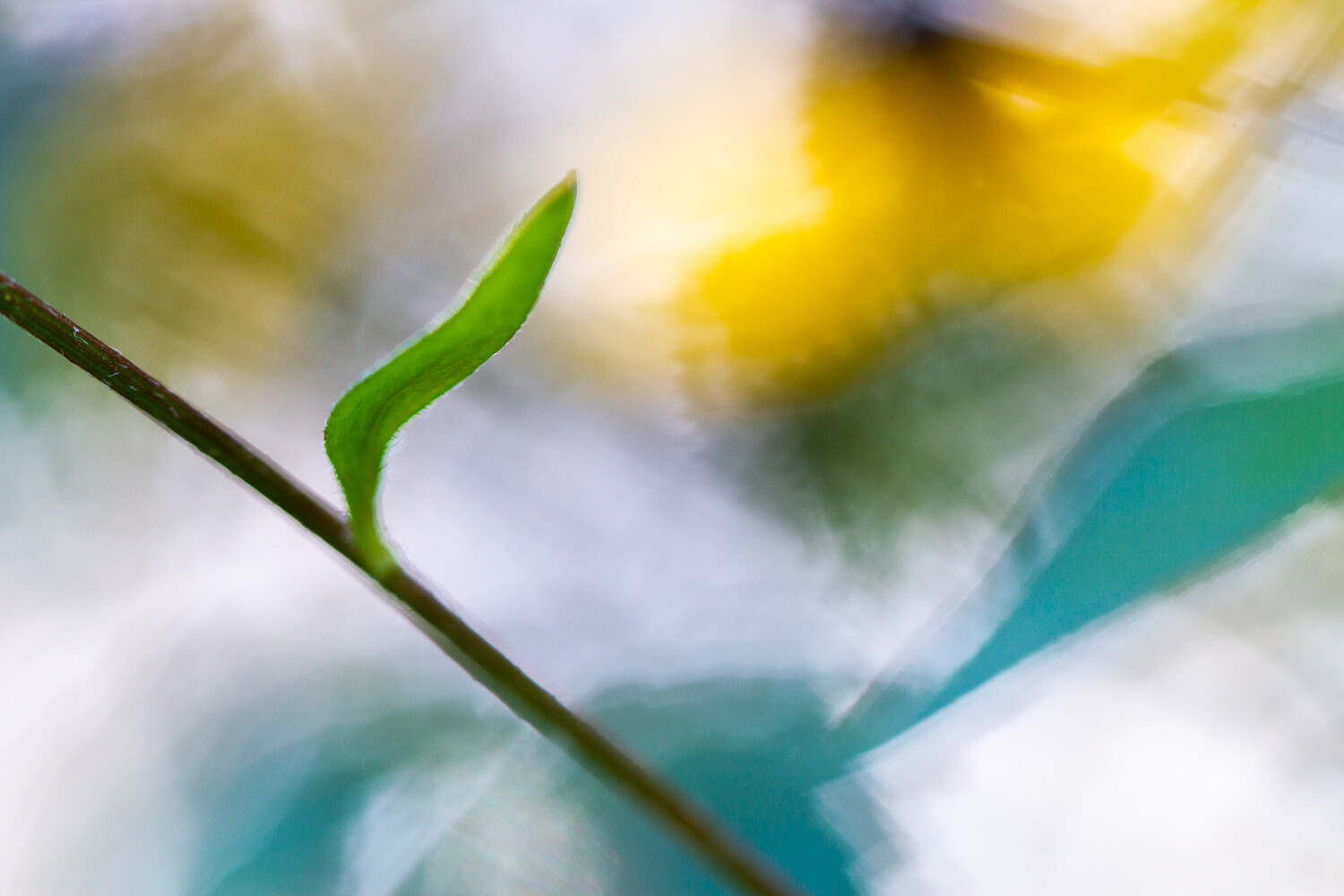A Photographer’s Guide to Buying a Drone – Getting it Right the First Time
In this photographer’s guide to buying a drone, I’ll share with you some invaluable tips for buying a drone for the first time.
Seven years ago, my employer wanted a photo of a local lighthouse from an elevated viewpoint. It sounds ridiculous now, but very early on a winter’s morning, I was loaded into a cherry picker with two cameras and hoisted 15 meters in the air to take photos. I’m a little bit scared of heights, so I really had to concentrate on getting the images and not looking down!
With the introduction in the last few years of many relatively low-cost good quality drones (also known as UAVs – unmanned aerial vehicles), that whole scenario seems laughable.
So why should you think about buying a drone if you haven’t already?
Here are some of the key considerations.

By chance, I saw this boat sailing past when I was taking aerial images of fishing boats in Yamba.
Taken with the DJI Mavic.
A photographer’s guide to buying a drone
Why buy a drone?
The main reason for buying a drone is the unique viewpoints that it will bring to your photography that you couldn’t achieve easily otherwise.Sure, you can take elevated images from buildings, planes, helicopters – or even a cherry picker. However, those options are unlikely to be suitable or cost-efficient, depending on what you’d like to photograph. Having a drone in your kit opens up new possibilities and viewpoints like never before.
How else would you be able to take images from viewpoints like this? Boats at the seaside taken with the DJI Mavic Pro 2.
What kind of photographers would benefit from having a drone?
The short answer is – all kinds of photographers. I’ve seen or heard of aerial images from UAVs used in many industries.Travel
Aerial images have been a stable of Instagram travel accounts for years now. Many Instagrammers take a compact drone with them on their travels to add to the range of shots they can take at a destination. They can use the images for both posting on social media or as deliverables for clients.These images are often featured by large national and regional travel accounts to showcase destinations.

Real estate photographers
Drones are widely used amongst real estate photographers and seem to be essential kits these days.Aerial images are common on many listings here in Australia to show the boundaries and layout of a property and its location to nearby landmarks and amenities.
Fine art
This is a small but very well paid niche. Some photographers make thousands of dollars for breathtaking fine art aerial images taken with UAVs.Stock photographers
There’s been an increasing number of aerial images and videos sold on stock photography sites recently. Using a drone is one way to add to the range of images you have for sale in your portfolio.
A
stock photography library I shoot for had a call out for images to
illustrate bad parking. This is
an image I sold them for the campaign.
Wedding and portrait photography
Aerial images are becoming increasingly popular for weddings, engagement shoots, and portrait sessions.Images for your family archive
When I’m out and about taking photos for stock or travel, my family often accompanies me. I love taking aerial images of them; it certainly makes for a different type of shot in the family photo archive.Tips before buying a drone
If you’re thinking about buying a drone, it pays to do your research first. Take a look at photos taken by drones on Instagram using hashtags such as #dronephotography, #dronestagram, and #droneoftheday.Which make and model of UAV took these images? Looking at the photos will give you a good indication of the quality you can expect from each model.
Join some drone-related Facebook groups. Have a read through the discussions and ask questions. People will often be happy to share how they took a photo, what equipment they used, and what post-processing they did on the image.

My daughter taking her board out for a surf in northern New South Wales, Australia.
Try before you buy
Do you know a friend who has a drone? Ask if you can go along with them next time they fly it and learn the basics. You could also see if a local drone Facebook Group has meetups where you can learn the ropes. Maybe you’ll love it, but maybe you’ll hate it. Handy to know before you shell out for such a high cost.Buy cheap, buy twice
I’ve heard many people buy a cheap toy drone to see if they’ll like it. The truth is, many of those cheaper drones are a complete nightmare to fly, and people are put off when it crashes. Typically, the more expensive a UAV, the easier it is to fly.I’d recommend the “try before you buy” approach over this.
Which drone should I buy?
Ultimately, this is down to two different factors: the first is your budget, the second is what you want to do with your aerial images.If you want to sell your images for stock, weddings, or fine art, go with the drone with the best image quality. However, if you want to travel with your drone, take family photos or only post to social media, perhaps you’d value a compact, lighter offering.
Pros and cons of some popular drone models
Below are some of the pros and cons of popular drones.The Mavic Pro
The Mavic Pro is one of the best-selling drones of all time. It’s capable of taking photos in both horizontal and landscape orientations, which I found very handy when I owned it. The 12-megapixel camera has a fixed f/2.2 aperture, which compared to newer offerings, is a bit limiting. The good news is, you should be able to pick up one for a good price secondhand.
DJI Mavic Pro
Mavic Pro 2
I sold my Mavic Pro when they released the Mavic Pro 2. It has a significantly better 20-megapixel camera with a 1-inch sensor, which suited me better for taking larger images for stock libraries.It also has an f/2.8-11 variable aperture, which gives you the potential to be more creative with your aerial images.
The one potential downside is that when facing the horizon, the gimbal doesn’t rotate the camera so you can capture vertical images like you can with the Mavic.
Read a full review of the Mavic Pro 2 here.

The Mavic 2 drone.
Mavic 2 Zoom
The Mavic 2 Zoom came out at the same time as the Mavic Pro. Its main advantage over the Pro 2 is the ability to zoom the camera. Combined with movement, you can use this to achieve the dolly zoom effect. The downside is that its camera is only 12-megapixel, and the aperture is f2.8-3.8.Read a review of the Mavic 2 Zoom here.

DJI Mavic 2 Zoom
Mavic Mini
The Mavic Mini is a very small and light drone with impressive specifications. The Mavic Mini is the cheapest I’ve covered and would be ideal for many people wanting to take aerial images as they travel. It has a 12-megapixel camera. Unlike the others listed, it is only capable of taking images in JPG format for stills.
DJI Mavic Mini
What else do I need to consider?
Is your device up to scratch? To fly a DJI drone, you’ll need the DJI GO app on your smartphone or on a tablet.Is your device good enough to support the latest app? You’ll need to look into this before you get started.

Make sure your phone or tablet is powerful enough to run the drone app.
How will you edit your image?
If you’re a dPS regular reader, no doubt you’ll know all about the various ways you can post-process your images. I use Adobe Lightroom and occasionally Adobe Photoshop to edit my JPG and DNG drone images.Insurance
UAVs are an expensive investment. Make sure that your camera insurance or home contents insurance adequately covers your new kit.DJI have their own insurance product – DJI care. Whichever option you go for, make sure you understand the limits of the policies, so you don’t get caught out.
Flying legally
This is very important. You don’t want to find yourself on the wrong side of the law, especially if you take your drone overseas.It’s good to learn all the rules when you’re considering buying one or while you’re waiting for it to arrive.
Rules differ from country to country, region to region, so always make sure you know the correct laws to fly at your destination.
For example, in Australia, you’ll need permission to fly a drone in a National Park in the state of New South Wales, but over the border in Queensland, you do not.

Early morning view of South Stradbroke Island, Queensland. DJI Mavic.
Flying safely
Investing time learning the rules and regulations is just one part of things. You also need to learn to fly safely.A major part of this is learning to identify hazards, whether they be trees, powerlines, buildings, weather, or as I found out once, a swooping bird in my local park.
It’s always a good idea to have a pre-flight and post-flight-check routine in place.
Conclusion
Buying a drone is a fantastic way of adding new viewpoints to your photography. The latest offerings from companies such as DJI have given photographers the ability to capture scenes that were not possible a few years ago without chartering a plane or helicopter.However, there are many things to consider before you dive in. Consider what you want to use the images for, which model to buy, and how to edit your images. You also need to learn how to fly safely and legally.
I hope this photographer’s guide to buying a drone has been helpful if you are currently looking at adding a drone to your photography kit.
What other considerations do you think are important when considering buying a drone? Tell us below.
Share this article.





































